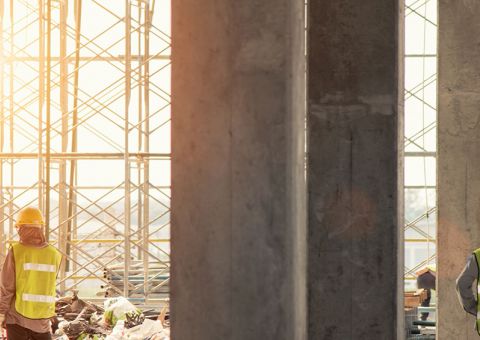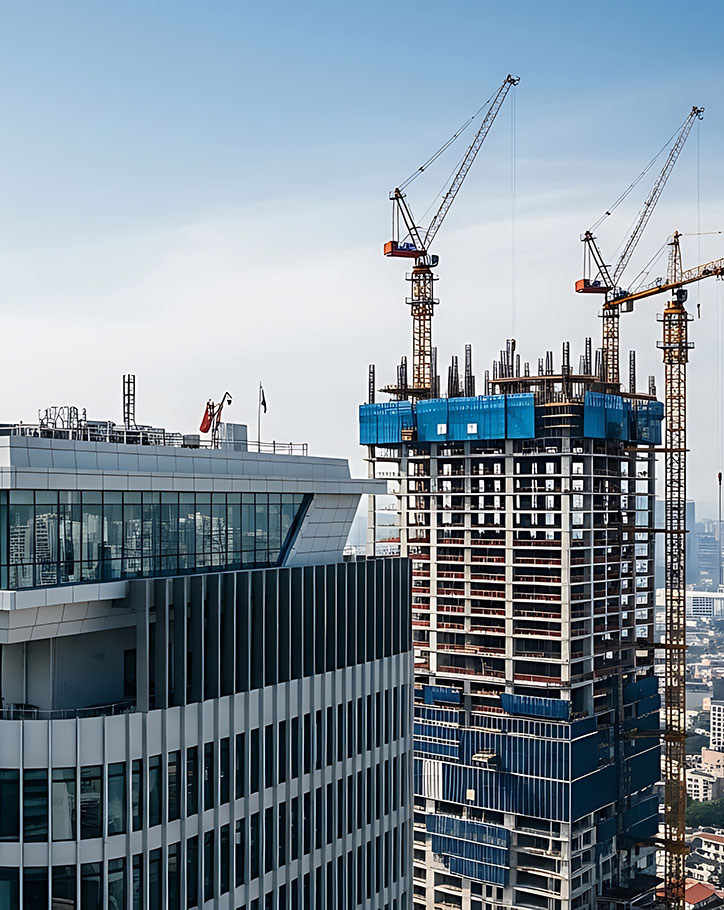Subsection 3.2.3. of the BCBC and VBBL addresses conflagrations by prescribing measures for spatially separating buildings from property lines and other buildings on the same property. Generally, the spatial requirements are based on use, the amount of openings (windows e.g.), and presence of sprinklers. Subsection 3.2.3. is intended for buildings that are completed, have an active fire suppression system, and fire rated construction (compartmentation).
Construction sites have exposed wood members, storage of construction materials without the protection methods assumed by Subsection 3.2.3. This gap is a risk that needs to be addressed by a professional. The province has addressed this risk in Part 5 of the Fire Code by requiring protection for exposure hazards on construction sites.

